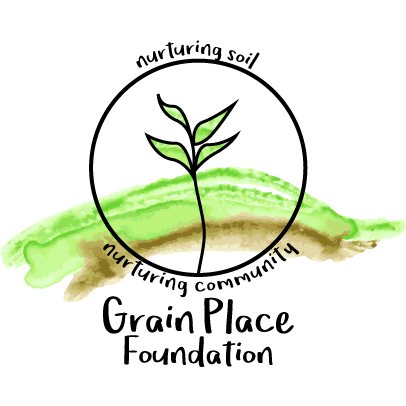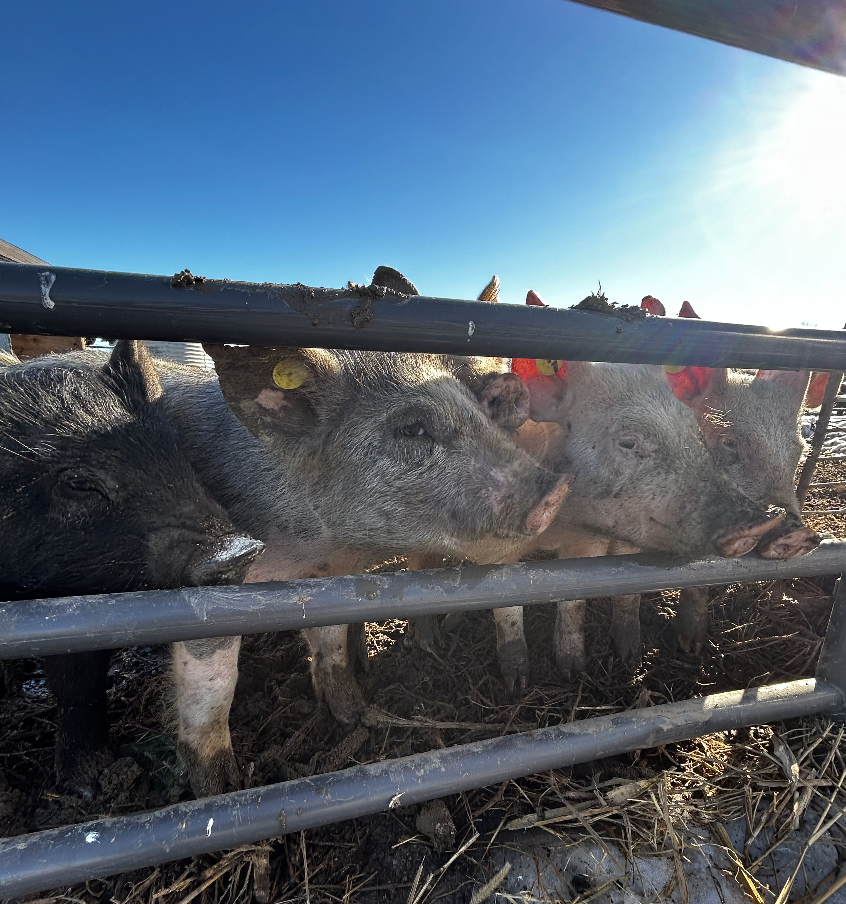
Isaac here again, with the penultimate blog during my internship at the Grain Place. The past week has been very busy as the annual meeting of the NSAS (Nebraska Sustainable Agriculture Society) ran from Thursday to Saturday. The conference was located in Columbus, Nebraska this year, about an hour away from the farm. The Grain Place is a sponsor of the event and has been involved with the society for many years. Despite that, the livestock don’t particularly care whether there’s a conference or not – they still need food and water. Therefore, we had some early mornings and somewhat late evenings with the combination of those things.
Although it was a busy week, I was very excited to be able to attend the conference, and felt as though I left with lots of new information. Between Thursday, Friday, and Saturday, I was able to participate in over 10 sessions with various speakers and groups tackling diverse subjects related to agriculture. Unfortunately, there were four presentations occurring simultaneously during each breakout session in the conference, so I had to make some tough decisions on which talks to go to. That said, I wanted to briefly talk about all of the sessions I was able to attend.
On Thursday, we arrived around noon and I was able to have lunch and chat with some folks before the session began. Thursday was a ½ day “pre-conference”, and I chose to attend the NRCS presentation in which they outlined and described their new practice list. Additionally, this session had a presentation about Truterra and their carbon credit program. I enjoyed hearing from two different perspectives (governmental and corporate) about the financial incentives for sustainable agricultural practices. Further, I was encouraged by the work that both groups were doing to include extra incentives for historically underserved farmers (socially disadvantaged, veterans, low income farmers, and beginning farmers). As someone who has dreamed about owning my own farm one day but been discouraged by the high financial overhead and somewhat unpredictable revenue, this was a very encouraging and useful presentation. Just knowing there is lots of funding out there for that sort of venture restored my hope in the practicality of starting a small farm one day.
Friday was the main day of the conference, and we arrived for the morning sessions around 8:45. In the morning, I attended a session on transitioning vacant urban land to agriculture given by City Sprouts, an organization in Omaha that farms urban land. They were given an USDA specialty crop block grant to compare four different methods of farming on small urban plots – traditional tractor tillage, market gardener (hand tools and broadfork), walk behind tractor, and ecological tractor tillage. It was really interesting to hear about their challenges and hear their story of farming in urban areas. After my internship concludes at the Grain Place, I will be starting an urban farming job in Boston, Massachusetts. Therefore, this presentation was even more relevant to me when thinking about my next chapter.
On Friday, I also attended talks about pests in the garden and two sessions by Vaughn Hammond about apple farming. The pests in the garden talk focused on Japanese Beetles, Spotted Lanternfly, and Spotted Wing Drosophila. Before coming to the Grain Place, I spent some time working at the St. Luke’s-Rodale Institute Organic Farm in Easton, Pennsylvania. Some of the main projects I focused on there were caring for / helping establish a high-density dwarf apple orchard and tending to several different varieties of raspberries. Spotted Wing Drosophila is one of the primary pests that can affect raspberries and so I was familiar with it, but I left with new strategies for dealing with it in the future. Further, the sessions about apples explained some broader context around the trends in apple production, and was one of my favorite sessions in the whole conference. Lastly, Friday’s keynote address was given by Nancy Williams, Co-Founder of No More Empty Pots. Hearing her story and attitude on farming was inspiring. She helped start No More Empty Pots because she saw firsthand that fresh, local food was not available equally across neighborhoods in Omaha. Diagnosing this problem, she worked to start this CSA program and now it is a massive success. Not only that, but her address focused on making sure that we all ask “why?” and follow the steps of listen – assess – act. I really enjoyed hearing her story and completely agree with the need for holistic context in decision making and leadership.
Saturday brought another full day of sessions and I began at a panel focused on the future of regenerative agriculture. There were several panelists who opened with their different opinions on the subject, but then we broke into small groups to further come up with questions that we believe should be asked of regenerative agriculture going forward. Through these small group discussions, the main themes that emerged were: labeling and its power, greenwashing, centering indigenous voices, and defining regenerative agriculture and benchmarks of success according to different contexts. It was great to hear so many different voices converging on similar themes and I enjoyed this session a lot. After that, I attended sessions on: small farm finances, mixed use windbreaks, a keynote from Micheal Foley, and a presentation on pastured poultry. These last three sessions and the keynote were all thought-provoking and will serve to guide the rest of my work at the Grain Place and beyond. I am currently undertaking the authorship of a few technical documents as a part of my internship. Two of these documents are focused on windbreaks and the pastured poultry at the Grain Place, and so there was lots of pertinent information that I was able to take away.
While the NSAS conference was a major focus of the week, back at the Grain Place, I continued to help care for the livestock throughout the week. In addition to feeding and checking the water of the animals, we took the first of the pigs to be butchered. We also cleaned out the combine and the farm truck and began grinding food for the pigs with the screenings from Grain Place Foods. Looking forward, the next intern – Adam – will be starting at the farm on February 1. I was able to briefly meet him this week and I look forward to getting to know him better in the coming days. That just about wraps it up for my fourth week on the farm, and I am eager to see what the final week has in store!

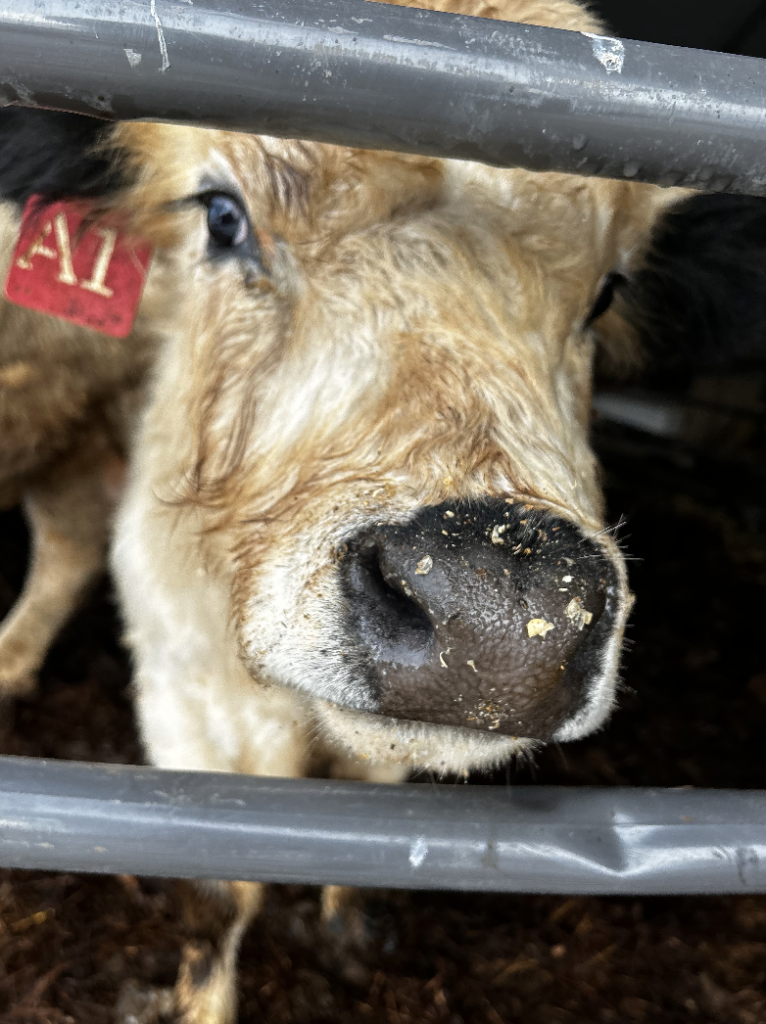
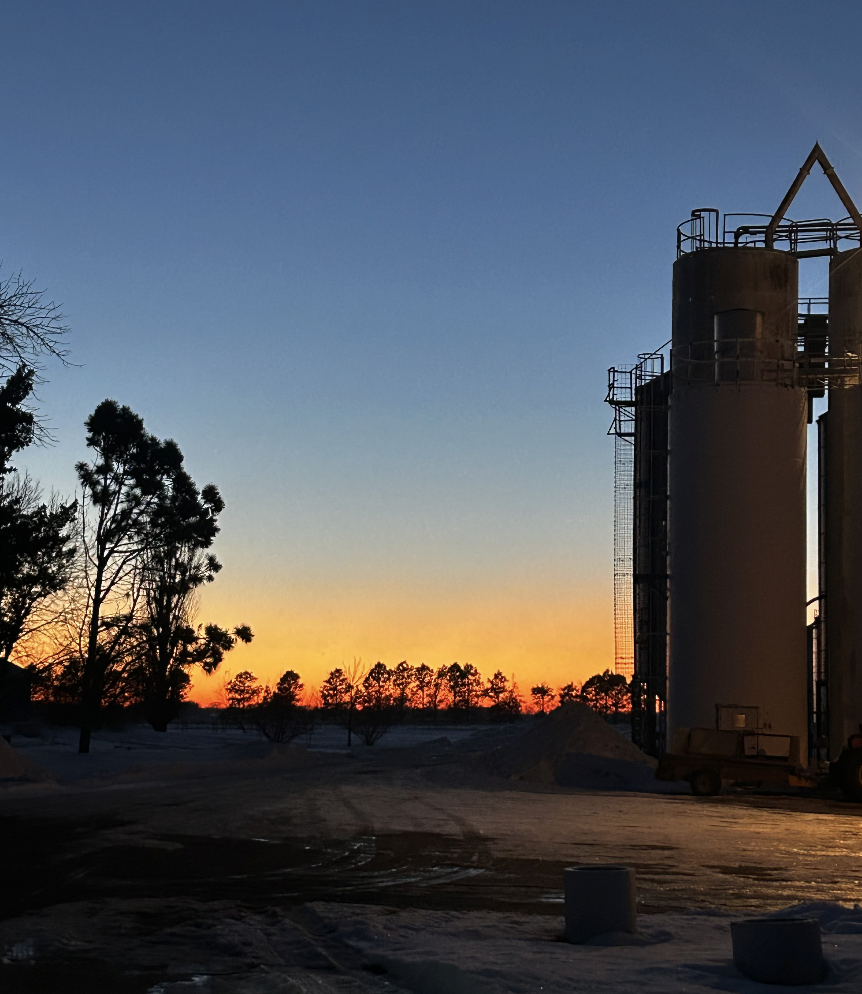
Our Pilot Internship Program is supported through the United States Department of Agriculture (USDA) Transition to Organic Partnership Program (TOPP). TOPP is a program of the USDA Organic Transition Initiative and is administered by the USDA Agricultural Marketing Service (AMS) National Organic Program (NOP)

